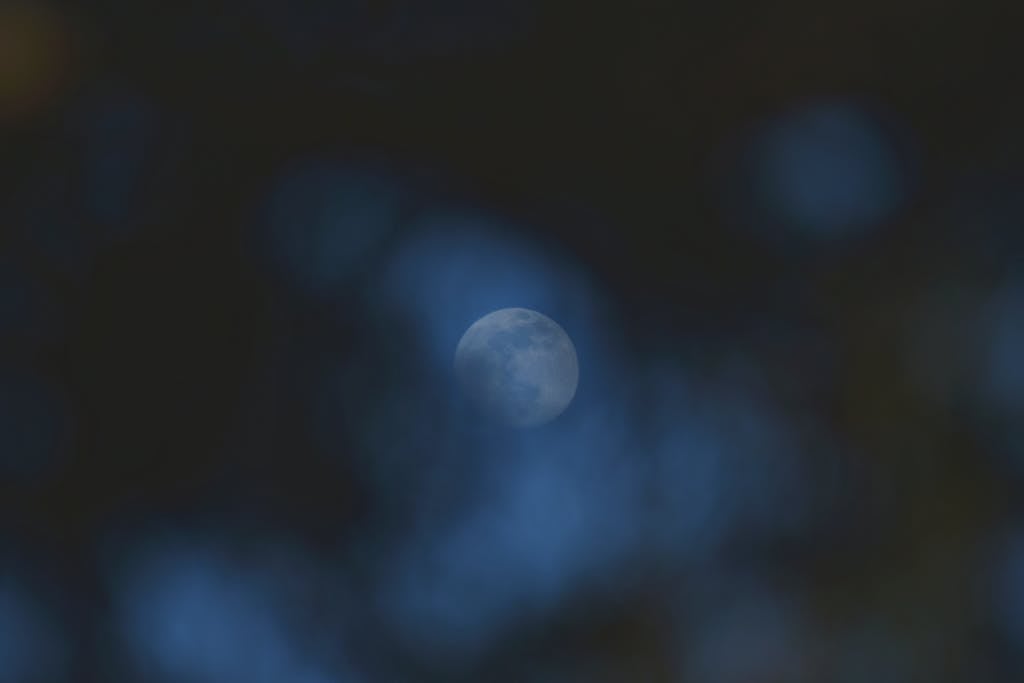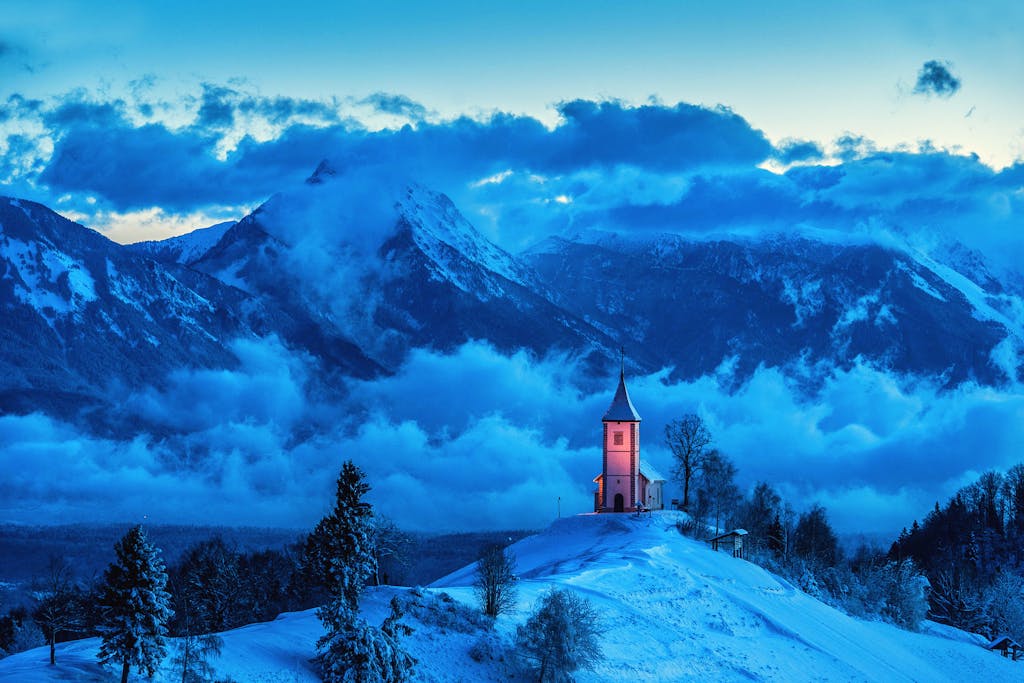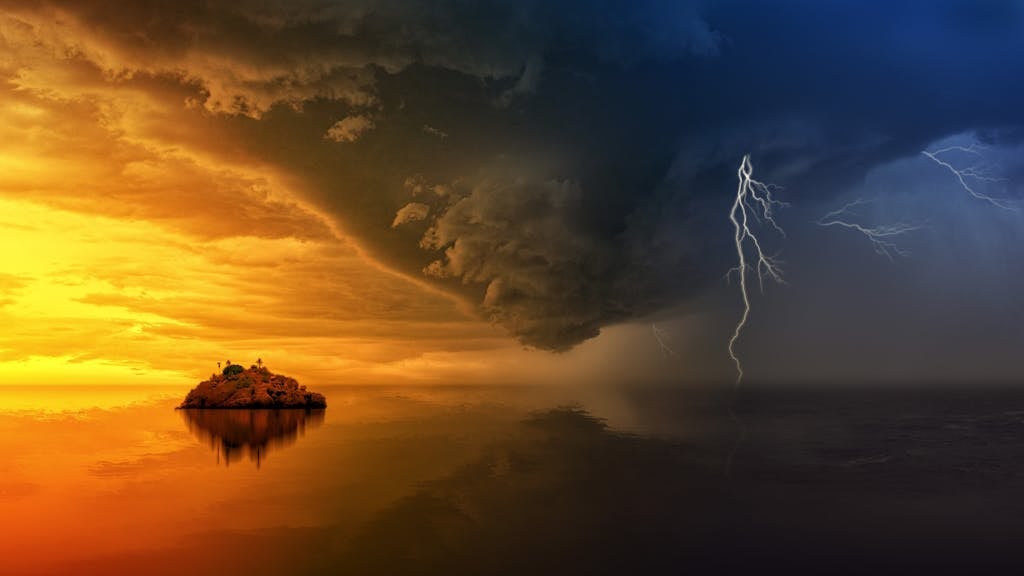Master Astrophotography
Astrophotography, the art of capturing celestial wonders through the lens of a camera, offers a gateway to the mesmerizing beauty of the universe. From distant galaxies to the ethereal glow of nebulae, astrophotography allows enthusiasts to explore the cosmos from the comfort of Earth. In this guide, we’ll delve into the different types of astrophotography, essential equipment, mastering camera settings, planning techniques, and post-processing tips to help you embark on your journey through the stars.
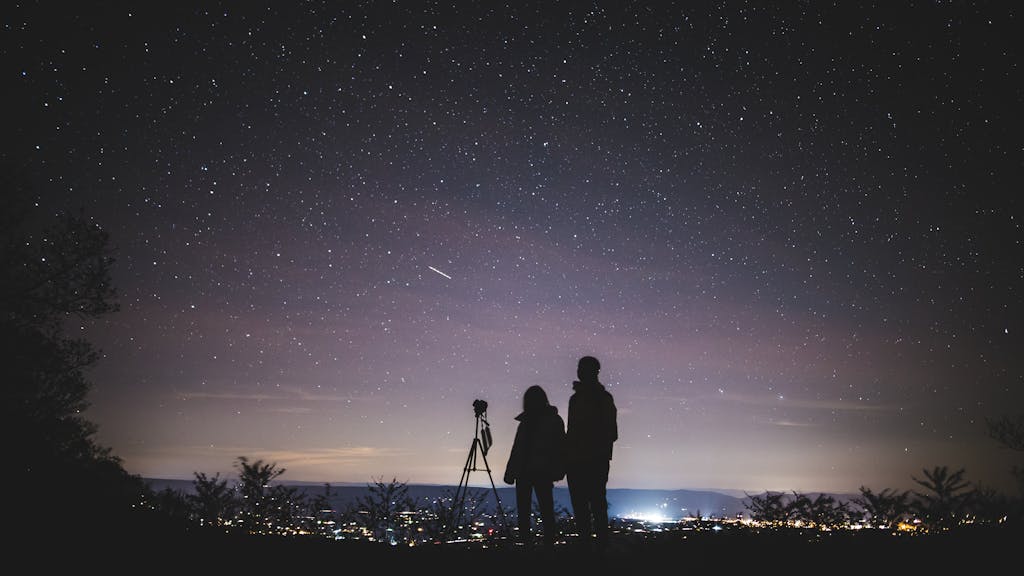
Unlocking the Cosmos: An Introduction to Astrophotography
Astrophotography encompasses a diverse range of subjects, each offering its own unique challenges and rewards. Some common types include:
- Deep Sky Astrophotography: Focuses on capturing distant celestial objects such as galaxies, nebulae, and star clusters.
- Planetary Astrophotography: Involves photographing planets within our solar system, including Jupiter, Saturn, Mars, and Venus, to capture surface details and atmospheric features.
- Solar Astrophotography: Involves capturing the sun, including sunspots, solar flares, and solar prominences, using specialized solar filters to protect the camera and the photographer’s eyes.
- Lunar Astrophotography: Focuses on capturing Earth’s natural satellite, the moon, showcasing its craters, mountains, and lunar landscapes in stunning detail.
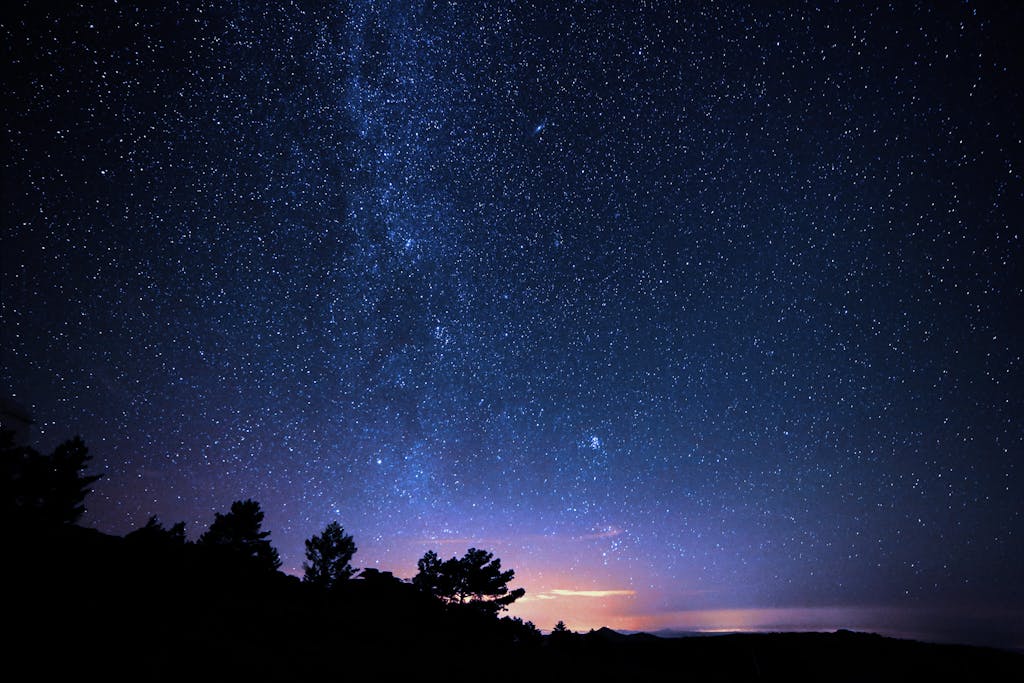
Camera and Lens Guide
When it comes to astrophotography, choosing the right camera and lens is crucial for capturing clear and detailed images of celestial objects. Essential equipment includes:
- Camera: A DSLR or mirrorless camera with manual exposure settings is recommended for astrophotography. Look for models with low noise performance at high ISO settings for capturing faint details in the night sky.
- Lens: A fast, wide-angle lens with a wide aperture (f/2.8 or wider) is ideal for capturing expansive views of the night sky. Telephoto lenses are also useful for capturing detailed views of distant objects such as planets and galaxies.
- Tripod: A sturdy tripod is essential for keeping the camera steady during long exposure shots, minimizing blurring caused by camera shake.
Mastering the Settings for Astrophotography

Achieving stunning astrophotography images requires mastering the manual settings of your camera. Key settings to consider include:
- ISO: Start with a low to moderate ISO setting (ISO 400-800) to minimize noise in the image, adjusting as needed based on the brightness of the subject.
- Aperture: Use a wide aperture (low f-stop number) to gather as much light as possible, allowing for shorter exposure times and sharper images.
- Shutter Speed: Experiment with exposure times ranging from a few seconds to several minutes, depending on the brightness of the subject and desired level of detail.
- Manual Focus: Use manual focus to ensure sharpness, especially when photographing distant objects in the night sky. Use live view mode and magnification to fine-tune focus on stars or planets.
Planning for astrophotography
Successful astrophotography requires careful planning to ensure optimal conditions and subject visibility. Consider the following tips when planning your astrophotography sessions:
- Location: Choose a dark sky location away from light pollution to minimize interference and maximize visibility of celestial objects.
- Timing: Check astronomical calendars and weather forecasts to plan your shoots during nights with clear skies and minimal atmospheric disturbance.
- Composition: Scout potential shooting locations during the day and plan your compositions to include interesting foreground elements such as landscapes, silhouettes, or landmarks.
Post Processing
Post-processing is an essential step in astrophotography to enhance and refine your images. Common post-processing techniques include:
- Noise Reduction: Use noise reduction software to minimize digital noise and graininess in your images, especially when using higher ISO settings.
- Contrast and Sharpness: Adjust contrast and sharpness settings to enhance details and bring out the subtle nuances of celestial objects.
- Color Correction: Fine-tune color balance and saturation to accurately represent the colors of stars, nebulae, and galaxies captured in your images.
Summary
Astrophotography offers a captivating journey into the depths of the cosmos, allowing photographers to capture the beauty and wonder of the universe. By understanding the different types of astrophotography, mastering essential camera settings, careful planning, and employing post-processing techniques, enthusiasts can unlock the mysteries of the night sky and create breathtaking images that inspire awe and wonder. So grab your camera, set up your tripod, and embark on a celestial adventure through the lens of astrophotography.


